Pendle understanding: Tokenomic analysis of cryptocurrency
In recent years, the cryptocurrency world has experienced new projects, many of which are aimed at revolutionizing the way we think of digital assets. One such project is a Pendle, a decentralized social platform that uses blockchain technology to create a unique and innovative token economy. In this article, we will go into the world of Pendle, exploring its basic concepts, tokenomy and role in the future of cryptocurrency.
What is Pendle?
Pendle is a platform for social networking and management, allowing users to connect to others worldwide. The platform name “Pendle” refers to the word “pendulum”, which symbolizes the constant flow of information and compounds in the Pendle ecosystem.
Tokenomics: Understanding the basics
It is important to understand the basic concepts of tokenomics before diving into the pendle marker in the economy. Tokenomics refers to the economy and structure of the cryptocurrency or blockchain base project. This includes a variety of aspects, including supply, demand, distribution and use.
In the case of Pendle, its marker is called PNDL (Pendle Digital Link). The PNDL marker serves as a local property of the platform used for various purposes, such as transaction fees, voting for management and remuneration. Tokenomy plays a critical role in the formation of the Pendle ecosystem, influencing how users interact with each other and on the platform itself.
Token Delivery
The delivery of the PNDL marker is limited to 100 million units, which accounts for a total of 50% of the Pendle circulating supply. This limited delivery structure helps maintain demand for the marker and ensures that users have an incentive to participate in the ecosystem.
Distribution
The distribution of PNDL tokens follows a predetermined schedule:
- 30% will be released for early investors (10% of total tokens)
- 20% will be reserved for the development team
- 20% will be awarded to the Community Fund
- 30% will remain available to market forces
Use and revenue flows
Pendle Token Economy provides a variety of uses including:
1
Transaction Fee : Users pay a small fee to participate in the platform.
- Management Voting : PNDL holders can vote for important decisions affecting the development and direction of Pendle.
3
Remuneration : Users who provide value or engage in the community receive rewards in the form of additional PNDL tokens.
Pendle revenue flows include:
- Transaction fees (percentage of each transaction)
- Sponsored content and advertising
- Premium services
Innovative features
Pendle token The economy is not just user data management; It also includes a number of innovative options, including:
1
Decentralized Social Network : Users can create profiles, communicate with others and share content without relying on third party platforms.
- Awards to Chips
: PNDL holders receive compensation for participation in the ecosystem, to promote a sense of togetherness and to engage users.
Conclusion
Pendle is an innovative project that has successfully implemented the labeled system to create a unique and innovative cryptocurrency platform. Understanding the basics of tokenomics and how it forms the Pendle ecosystem, we can gain insight into the future digital asset. As the PNDL marker economy continues to develop, it will be exciting to see how users and developers interact with the pendal, directing its growth and creating the world of cryptocurrency.
Main techniques:
- Understand the basic concepts of Tokenomics and their application in cryptocurrency projects.
- Recognize the role of PNDL marker in the formation of the Pendle ecosystem.
- Check out the PNDL marker distribution schedule.

